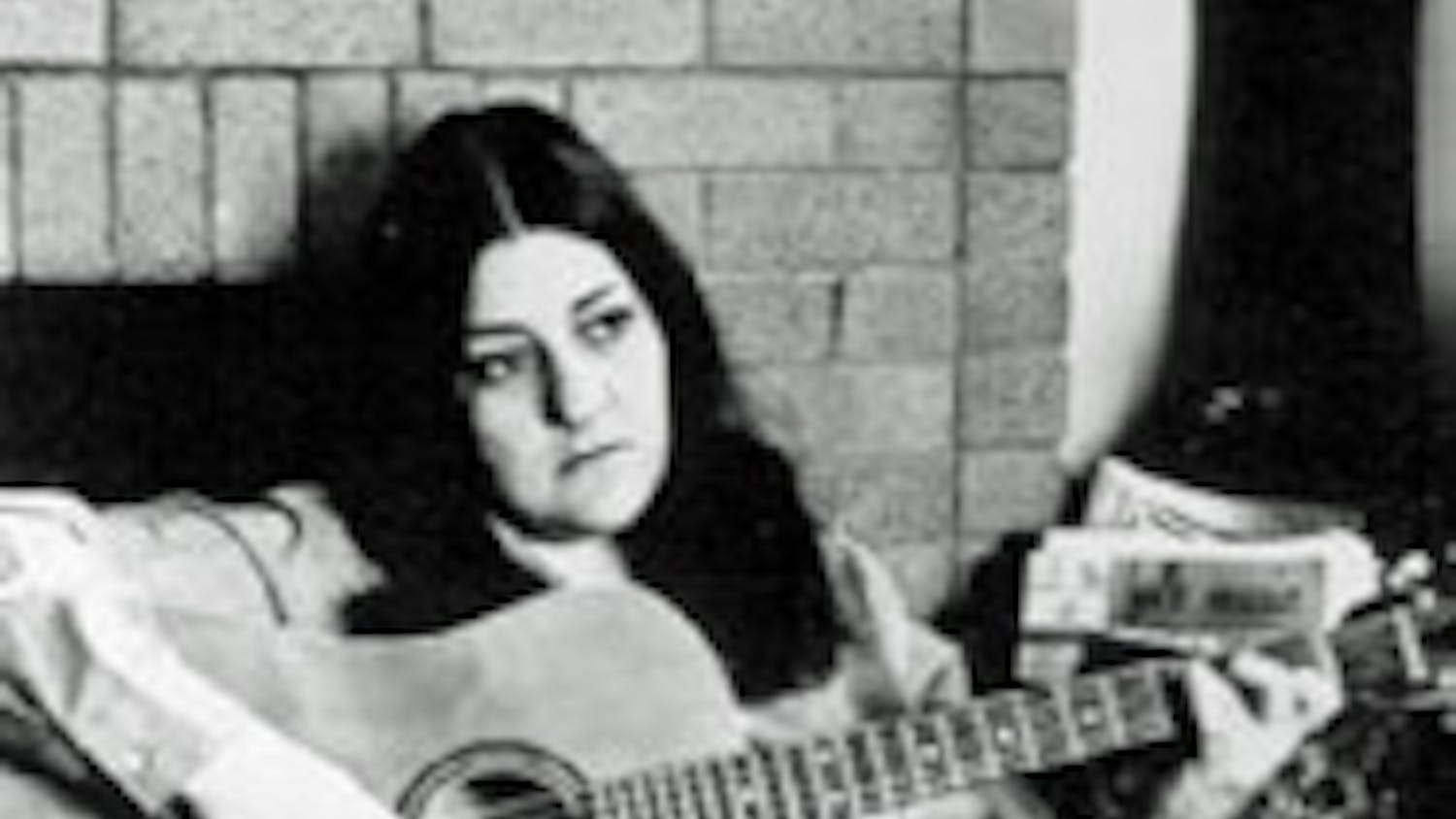The halls in Knox are usually quiet late in the afternoon. On April 5 from 5-7 p.m., though, the pulse of Knox 109 beat strong. There seemed to be an invisible line inside the lecture hall between two groups of people. On one side sat pro-life and on the other pro-choice.
Each side had signs and strong beliefs; furious tension sifted through the air.
This was the setting of the debate between UB Students for Life and UB Philosophers on a sensitive topic that has been contested for years: abortion. Heated debate got started between members of the audience before the actual event even began, so the crowd was reminded to be respectful and to not interrupt once the speaking began.
Then things got really interesting.
Each side was given six minutes to state its claim and prove its point, and then the next team was given an opportunity to respond.
When assistant philosophy professor Kenneth Ehrenberg realized he only had 30 seconds left to make his argument, he directed his stress toward the timekeeper and yelled: "you have to give me minute by minute, you have to tell me every minute."
Apprehension only increased when the timekeeper snapped back: "it's not my fault you weren't paying attention."
This hostility continued to grow when people in the audience began to intentionally move the squeaky chairs of the lecture hall while a debater from the opposing team was presenting. They were banging on tables whenever they disagreed with an argument. Professor Ehrenberg was even caught banging on the table while Catherine Nolan,a graduate student in philosophywho argued for the pro-life side, spoke.
"Banging on the table is a parliamentary form of expressing support for what is being said. Usually one does it for one's own side," Ehrenberg said. "But sometimes it can be done when the other side is speaking in an attempt to show that what they are saying actually helps your side."
Minus the random outbursts, noises, and people from the back of the classroom trying to debate the debaters, the crowd was for the most part respectful in listening and not getting too rowdy.
"I was extremely proud of our students and community," said Bernadette Clor, debate volunteer and UB Law faculty member. "The students asked thoughtful and thought-provoking questions. I also believe that the crowd was respectful and engaged, a hard task on an issue that can be emotional and polarizing."
Even the sex of the debaters was controversial - initially, neither side had a female member. Eventually, though, each team selected one woman, Nolan being one of them.
"I was glad to be one of the women selected for the debate," Nolan said. "I think it's all too often assumed that all women, or at least all feminists, are necessarily pro-choice, and that's just not true."
Throughout the debate, the main argument revolved around whether a fetus is considered a person or not. Pro-life argued that life begins at conception while pro-choice maintained that a group of cells do not constitute a person.
The debate proved to be a bigger challenge for pro-choice than pro-life because of the question of whether or not abortion is moral.
"The way that the question was framed, 'abortion is immoral,' put our side at a disadvantage," Ehrenberg said. "It is much easier to argue that abortion should remain legal or that it is frequently the best option out of a bad situation than that it is not immoral, which may imply that it is always permissible."
Though the task may have been more difficult for one side than the other, some members of the audience still didn't excuse the pro-choice team and voiced their disappointment in the debate.
"I was disappointed in the debate, which I considered [to be] very imbalanced," said Juan Oliveros, an accounting major. "On one hand the pro-life group was very well prepared and ready to deliver their argument. On the other, the pro-choice group was very unprepared and overwhelmed by the other side's arguments. The lack of preparation was evident in the philosophy club's president's speech, when he stated that he was not feeling capable of debating. The other pro-choice members were equally disappointing."
The pro-life team got the jump on the debate before the pro-choice team had a chance. According to Nolan, the pro-life team prepared by communicating with each other on which points of argument they were going to touch on and practiced questions that the audience might ask.
According to Ehrenberg, the methods of preparation they used were note taking and brainstorming replies to likely arguments from the other team. Having only met once as a group, they went into the debate with the mindset of "thinking on their feet."
After questions from the audience, the debate ended peacefully without further arguments or conflict of any kind. Members of the crowd casually spoke with debaters. The debaters have expressed interest in doing something like this again in the future and encourage those who are interested to join their respective clubs.
Email: features@ubspectrum.com





